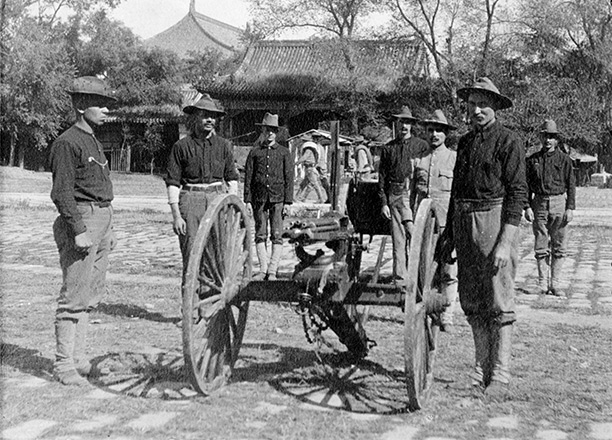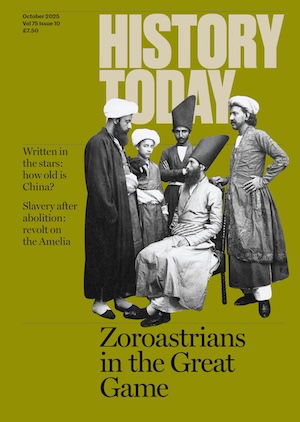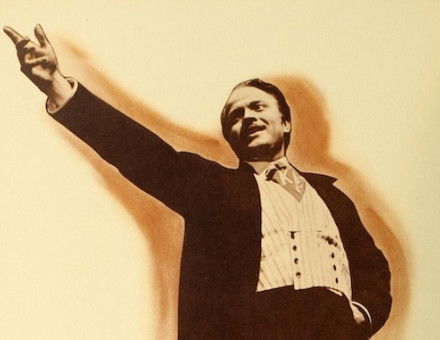The Gatling Gun Patented
The first commercially successful machine gun emerged on November 4th, 1862.
 Attempts to make a machine gun go a long way back. An Englishman called James Puckle demonstrated a rapid-firing gun in 1718 and announced he could provide ordinary round bullets for killing Christians and more painful square ones for slaughtering Muslims, to teach them the advantages of civilisation, but the gun failed to sell. Various types of so-called battery gun were developed later, with numerous barrels on a wheeled mounting. Things improved, if that is the right word, with the introduction of cartridges that held the propellant, the primer and the bullet all in one. They were quicker to load and speeded up the rate of fire.
Attempts to make a machine gun go a long way back. An Englishman called James Puckle demonstrated a rapid-firing gun in 1718 and announced he could provide ordinary round bullets for killing Christians and more painful square ones for slaughtering Muslims, to teach them the advantages of civilisation, but the gun failed to sell. Various types of so-called battery gun were developed later, with numerous barrels on a wheeled mounting. Things improved, if that is the right word, with the introduction of cartridges that held the propellant, the primer and the bullet all in one. They were quicker to load and speeded up the rate of fire.
The first commercially successful machine gun was invented in the United States by Richard Jordan Gatling. Though not without problems, it was more reliable than its predecessors, faster to load and could fire sustained bursts with less overheating. The first model had six barrels, which rotated round a central axis. The ammunition was held in a drum on top of the machine, which automatically loaded each barrel, fired a round and ejected the cartridge case. Each barrel fired once in a full rotation. In a test in 1870 a Gatling fired 1,925 rounds in two and a half minutes.
Born in North Carolina in 1818, Gatling helped his rich planter father to invent improved machines for sowing and growing cotton. In 1844 he settled in St Louis, Missouri and adapted the machines to rice and wheat. He invented a steam plough in 1857, but in 1861 the outbreak of the American Civil War focused his mind on a machine gun. His intention, he said, was to reduce the human appetite for war. Though a Southerner, he offered his gun to the Union Army, but it was deeply suspicious of new weaponry and took until almost the end of the war in 1866 to approve the gun and order a hundred.
It was after the war that the gun began to sell in substantial quantities to the US army and overseas and brought death to many a foreign field. The British army and navy were issued with Gatlings from 1874 and France and Russia were the other principal foreign customers. The last American version was the US Army’s 1903 model, dating from the year Gatling himself died and used until Gatlings were dropped altogether in 1911.
Gatling had sold his business to the Colt firm in the mid-1880s, at which time the even more efficiently lethal Maxim gun was designed in Britain. It and its offspring created atrocious havoc on the Western Front in the First World War. All the same, ‘gat’ is still American slang for a gun.




